
Vila Stiassni opens its restored garden
After the reopening and accessibility of the Stiassni Villa in December of last year, its extensive garden is now opening as well. Visitors will be able to explore it every Friday to Sunday from 10 AM to 5 PM. The garden visitor circuit also includes an exhibition located in the former kitchen of the Stiassni Villa.
For lovers of modern architecture, enthusiasts of garden art, tourists, and residents of Brno, another place for exploration and relaxation will open on Friday. The garden of the Stiassni Villa opens, which is a rare testament to luxurious villa gardens of the past serving for relaxation, representation, and sports activities of its owners. Visitors will have the opportunity to walk through the garden with a map, which they will receive when purchasing a ticket. This ticket also grants access to the exhibition in the former kitchen area. Currently, it is possible to view panels presenting famous villas from the Visegrad Four countries and Slovenia, created by the publishing workshop of Foibos.
“The Stiassni Villa is one of the most significant works of Ernst Wiesner, an architect of the interwar period who was among the founders of modern architecture in Brno. The garden that surrounds the villa is also exceptional, both in its generous dimensions and its thoughtful conception,” says Zdeněk Vácha, director of the NPÚ regional office in Brno.
The Garden of Stiassni Villa — The Stiassni Villa is remarkable not only for its modernist architectural concept but is also extraordinary for its generously designed garden in the context of Brno’s interwar architecture. Like the villa itself, the garden reveals much about the personalities of its founders – textile industrialist Alfred Stiassni and his wife Hermína.
The concept of the garden, covering 3.2 hectares, is completely exceptional within Brno, as there are few comparable villa gardens even within the territory of the then Czechoslovakia. The landscape composition features several buildings, a system of paths, elements supporting a modern sporting lifestyle, and areas designated for representation or relaxation. There was even an economic part of the garden with a greenhouse and an orchard. Extraordinary attention was paid to ensure that the villa's construction and garden created a harmonious impression together. The terraces surrounding the villa extend the living spaces of the house. The villa creates an impressive backdrop for dining, representative events, or simply quiet meditation and nature observation. The most compositionally important element is the connection of the protruding loggia, which opens to the southern garden parterre with views of the horizon and the eastern flower parterre.
The author of the thoughtful garden project cannot yet be determined with certainty. It is undeniable that the basic compositional scheme comes from the villa’s architect Ernst Wiesner, as evident from his first perspective study of the house. The architect Otto Eisler, who collaborated with Wiesner on several projects and was a frequent guest in the built villa, is most often mentioned as the author. However, no source substantiates this authorship. Period literature cites the Viennese landscape architect Albert Esche, with whom Wiesner also collaborated. The significant contribution of the head gardener of the Stiassni family, Antonín Fröml, is also suggested.
The garden was created simultaneously with the villa's construction – historical photographs show trees being planted alongside the rough structure. Gradually, a swimming pool with a wooden changing room, a tennis court, and a garden pavilion were added to the finished garden.
The garden was restored in 2014-15 with the help of the European Regional Development Fund from the Operational Program Environment (3.2 million CZK) and a grant from the Ministry of Culture (19.5 million CZK). The restoration included tree felling, treatment, and new planting of woody plants, planting flower beds, restoration of paths and terrace walls, swimming pool, tennis court, garden pavilion, and also the restoration of greenhouses.
The Stiassni Villa is managed by the National Heritage Institute. It is open to the public and also houses the Methodological Center of Modern Architecture in Brno (MCMA).
For lovers of modern architecture, enthusiasts of garden art, tourists, and residents of Brno, another place for exploration and relaxation will open on Friday. The garden of the Stiassni Villa opens, which is a rare testament to luxurious villa gardens of the past serving for relaxation, representation, and sports activities of its owners. Visitors will have the opportunity to walk through the garden with a map, which they will receive when purchasing a ticket. This ticket also grants access to the exhibition in the former kitchen area. Currently, it is possible to view panels presenting famous villas from the Visegrad Four countries and Slovenia, created by the publishing workshop of Foibos.
“The Stiassni Villa is one of the most significant works of Ernst Wiesner, an architect of the interwar period who was among the founders of modern architecture in Brno. The garden that surrounds the villa is also exceptional, both in its generous dimensions and its thoughtful conception,” says Zdeněk Vácha, director of the NPÚ regional office in Brno.
The Garden of Stiassni Villa — The Stiassni Villa is remarkable not only for its modernist architectural concept but is also extraordinary for its generously designed garden in the context of Brno’s interwar architecture. Like the villa itself, the garden reveals much about the personalities of its founders – textile industrialist Alfred Stiassni and his wife Hermína.
The concept of the garden, covering 3.2 hectares, is completely exceptional within Brno, as there are few comparable villa gardens even within the territory of the then Czechoslovakia. The landscape composition features several buildings, a system of paths, elements supporting a modern sporting lifestyle, and areas designated for representation or relaxation. There was even an economic part of the garden with a greenhouse and an orchard. Extraordinary attention was paid to ensure that the villa's construction and garden created a harmonious impression together. The terraces surrounding the villa extend the living spaces of the house. The villa creates an impressive backdrop for dining, representative events, or simply quiet meditation and nature observation. The most compositionally important element is the connection of the protruding loggia, which opens to the southern garden parterre with views of the horizon and the eastern flower parterre.
The author of the thoughtful garden project cannot yet be determined with certainty. It is undeniable that the basic compositional scheme comes from the villa’s architect Ernst Wiesner, as evident from his first perspective study of the house. The architect Otto Eisler, who collaborated with Wiesner on several projects and was a frequent guest in the built villa, is most often mentioned as the author. However, no source substantiates this authorship. Period literature cites the Viennese landscape architect Albert Esche, with whom Wiesner also collaborated. The significant contribution of the head gardener of the Stiassni family, Antonín Fröml, is also suggested.
The garden was created simultaneously with the villa's construction – historical photographs show trees being planted alongside the rough structure. Gradually, a swimming pool with a wooden changing room, a tennis court, and a garden pavilion were added to the finished garden.
The garden was restored in 2014-15 with the help of the European Regional Development Fund from the Operational Program Environment (3.2 million CZK) and a grant from the Ministry of Culture (19.5 million CZK). The restoration included tree felling, treatment, and new planting of woody plants, planting flower beds, restoration of paths and terrace walls, swimming pool, tennis court, garden pavilion, and also the restoration of greenhouses.
The Stiassni Villa is managed by the National Heritage Institute. It is open to the public and also houses the Methodological Center of Modern Architecture in Brno (MCMA).
The English translation is powered by AI tool. Switch to Czech to view the original text source.
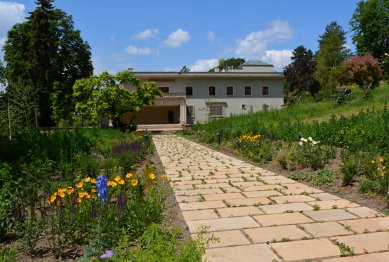
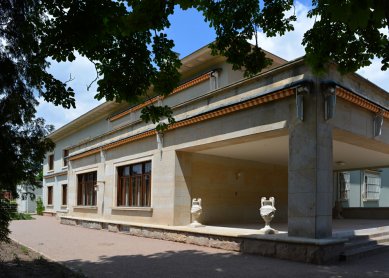
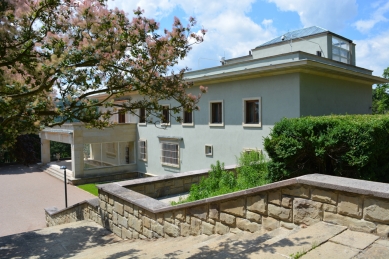
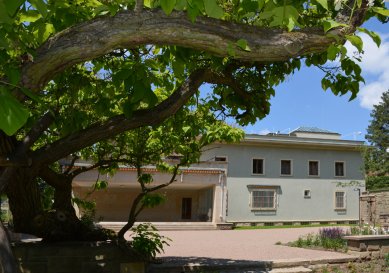
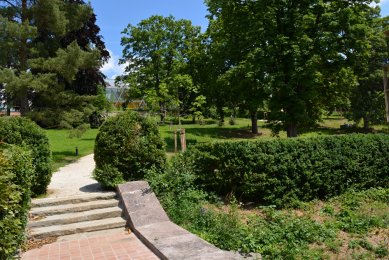
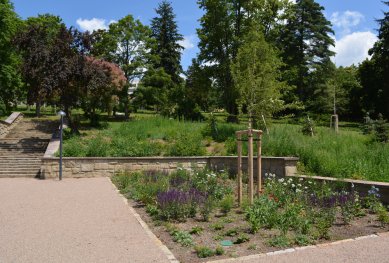
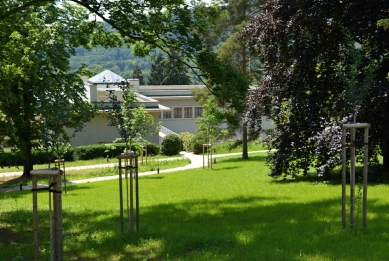
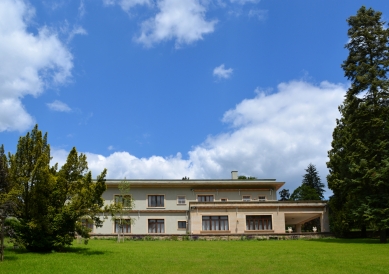
0 comments
add comment
Related articles
0
27.10.2024 | Visitors to the villa's garden Stiassni could walk through with the gardener's commentary
0
06.07.2017 | Volunteers from the United Kingdom will come to help at the Stiassni villa
0
24.04.2017 | Restorers will restore the tomb of the Stiassni business family in Brno
0
12.05.2011 | During the Brno Museum Night, the Stiassni Villa will also open
0
20.02.2011 | The tour guide lured the Brno residents into the streets, they also saw the Stiassni villa
1
02.12.2009 | Stiassni villa is alive












